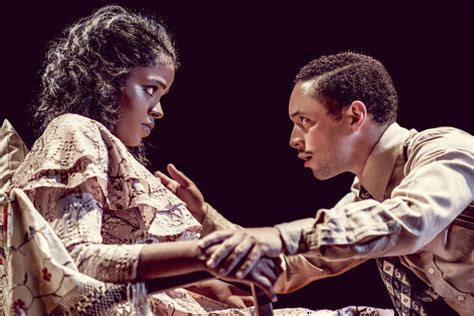“Funny Girl” is a timeless classic that continues to captivate audiences with its compelling story, unforgettable music, and iconic performances. This article delves into why “Funny Girl” remains a must-watch, exploring its creation, standout qualities, and the legendary performance of Barbra Streisand. We’ll also discuss how to engage with the play’s themes and what to look for in any production. Whether you’re a theater enthusiast or a newcomer, this deep dive will enhance your appreciation for this remarkable piece of musical theater history.
Come explore this topic with gamesfats.com for a deeper understanding.
1. Why ‘Funny Girl’ is a Must-Watch
“Funny Girl” is a must-watch for several reasons. First and foremost, it tells the captivating story of Fanny Brice, a real-life comedienne and singer who rose from humble beginnings to become a Broadway star. This rags-to-riches tale resonates with audiences, showcasing themes of perseverance, talent, and the quest for acceptance.
The musical is also celebrated for its memorable score by Jule Styne and lyrics by Bob Merrill, featuring iconic songs like “People” and “Don’t Rain on My Parade.” These songs not only highlight the emotional depth of the characters but have also become standards in the musical theater repertoire.
Moreover, “Funny Girl” is renowned for its historical and cultural significance. It debuted in 1964, a time when Broadway was at its peak, and it played a crucial role in shaping the landscape of American musical theater. The musical’s portrayal of a strong, ambitious female lead was groundbreaking and continues to inspire generations.
Finally, Barbra Streisand’s performance as Fanny Brice is legendary, cementing her status as a cultural icon. Her portrayal brought humor, vulnerability, and an unmatched vocal prowess that set a new standard for musical theater performances. These elements combined make “Funny Girl” an essential experience for any theater enthusiast.

2. How ‘Funny Girl’ Came to Be
“Funny Girl” came to life through the collaborative efforts of some of the most talented minds in theater. The musical was inspired by the real-life story of Fanny Brice, a legendary comedienne and singer who rose to fame in the early 20th century. Producer Ray Stark, who was Brice’s son-in-law, envisioned a stage production that would capture her remarkable journey.
The book was penned by Isobel Lennart, whose engaging narrative brought Brice’s story to the stage. Composer Jule Styne and lyricist Bob Merrill created a memorable score that perfectly complemented the storyline, adding depth and emotion through unforgettable songs.
Director Garson Kanin brought everything together, crafting a production that debuted on Broadway in 1964. Barbra Streisand was cast as Fanny Brice, a decision that proved to be pivotal. Streisand’s performance was a tour de force, helping to solidify “Funny Girl” as a classic in musical theater history.
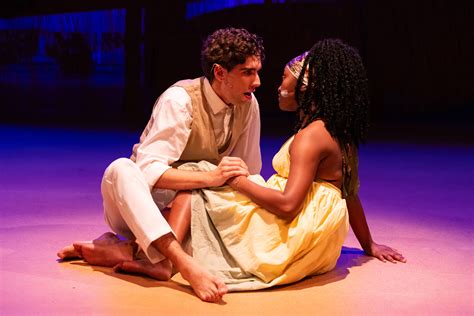
3. What Makes ‘Funny Girl’ Stand Out
“Funny Girl” stands out for its compelling narrative, exceptional music, and unforgettable performances. The story of Fanny Brice is not just a tale of success; it’s a deeply human story of resilience, ambition, and love. This emotional depth resonates with audiences, making the musical more than just entertainment—it’s an inspiring journey.
The music by Jule Styne and lyrics by Bob Merrill play a significant role in the musical’s distinction. Songs like “People” and “Don’t Rain on My Parade” are not only catchy but also emotionally charged, adding layers to the characters and advancing the plot in meaningful ways. These songs have become iconic in the world of musical theater, often performed independently of the show.
Another standout feature is the character of Fanny Brice herself. She is a strong, ambitious woman who defies the odds to achieve her dreams. Her character was groundbreaking at the time of the musical’s debut, providing a role model for female empowerment in an era when such representations were rare.
Barbra Streisand’s performance as Fanny Brice further elevates “Funny Girl.” Her unique voice, comedic timing, and emotional range brought the character to life in a way that left a lasting impact on audiences and set a high standard for future performers. The combination of these elements makes “Funny Girl” a standout production that continues to captivate new generations.
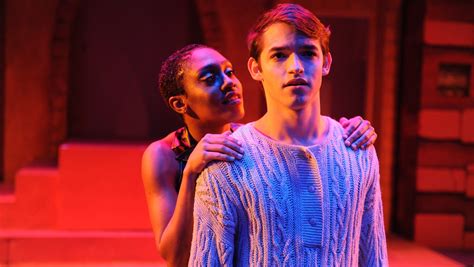
4. Why Barbra Streisand’s Performance is Legendary
Barbra Streisand’s performance in “Funny Girl” is legendary for several reasons. First and foremost, her portrayal of Fanny Brice showcased her exceptional talent, blending comedic timing, emotional depth, and vocal prowess. Streisand’s voice brought the score to life, delivering iconic performances of songs like “People” and “Don’t Rain on My Parade” that have become timeless classics.
Streisand’s ability to embody Fanny Brice’s character with authenticity and charm resonated deeply with audiences. She captured the essence of Brice’s resilience and ambition, making the character relatable and inspiring. Her natural comedic abilities added a layer of humor that balanced the more poignant moments of the musical, creating a well-rounded and engaging performance.
Additionally, Streisand’s performance in “Funny Girl” marked a significant moment in her career, establishing her as a major star. Her work in the musical was widely acclaimed, earning her a Tony Award nomination and leading to her iconic role in the film adaptation, for which she won an Academy Award. Streisand’s portrayal of Fanny Brice set a new standard in musical theater, making her performance in “Funny Girl” truly legendary.

5. How to Engage with the Themes of ‘Funny Girl’
Engaging with the themes of “Funny Girl” involves understanding its deeper messages about ambition, identity, and resilience. At its core, “Funny Girl” is about Fanny Brice’s relentless pursuit of her dreams despite numerous obstacles. To fully appreciate this theme, consider the historical context of Brice’s rise to fame during a time when societal expectations for women were far more restrictive. Her journey is a testament to the power of perseverance and self-belief.
Another significant theme is the exploration of identity and self-acceptance. Fanny Brice’s character grapples with her unconventional looks and how they contrast with the glamorous image often associated with stardom. Her story encourages audiences to embrace their unique qualities and find confidence in their individuality. Reflect on how Brice’s acceptance of herself and her talents led to her success and how this message applies to our own lives.
Additionally, “Funny Girl” delves into the complexities of love and personal relationships. Fanny’s romance with Nick Arnstein highlights the challenges of balancing personal aspirations with romantic commitments. Engaging with this theme involves considering the sacrifices and compromises made in relationships and the importance of mutual support.
By reflecting on these themes, audiences can gain a deeper appreciation for “Funny Girl” and its enduring relevance in today’s world.
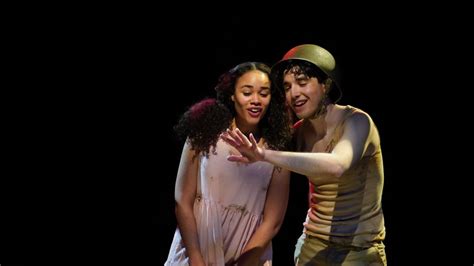
6. What to Look for in a Production of ‘Funny Girl’
When attending a production of “Funny Girl,” there are several key elements to look for to ensure an unforgettable experience. First, pay attention to the casting of Fanny Brice. The actress playing Fanny needs to capture the character’s humor, vulnerability, and determination. A strong vocal performance is essential, particularly for iconic songs like “People” and “Don’t Rain on My Parade.”
Next, consider the chemistry between Fanny and Nick Arnstein. Their relationship is central to the story, and the actors must convincingly portray the highs and lows of their romance. Look for moments of genuine connection and tension that bring their complex relationship to life.
The production’s direction and staging are also crucial. Effective use of sets, lighting, and choreography can enhance the narrative and create a visually captivating experience. Directors should find a balance between the grand, show-stopping numbers and the more intimate, character-driven scenes.
Additionally, the supporting cast plays a significant role in enriching the story. Characters like Mrs. Brice, Eddie Ryan, and Mrs. Strakosh provide depth and context to Fanny’s world. Strong performances from these actors can elevate the entire production.
Finally, pay attention to the orchestra and musical arrangements. A well-conducted orchestra and thoughtful arrangements can bring Jule Styne’s score to life, enhancing the emotional impact of the musical.
By focusing on these elements, you can fully appreciate the nuances and brilliance of “Funny Girl” in any production.
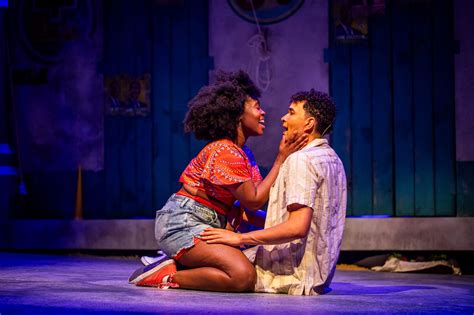
“Funny Girl” remains a beloved classic due to its compelling story, memorable music, and legendary performances. Barbra Streisand’s portrayal of Fanny Brice set a new standard in musical theater, blending humor and emotional depth. Understanding its themes and the key elements of a production enhances the appreciation of this timeless work, ensuring that “Funny Girl” continues to captivate audiences.
gamesfats.com
